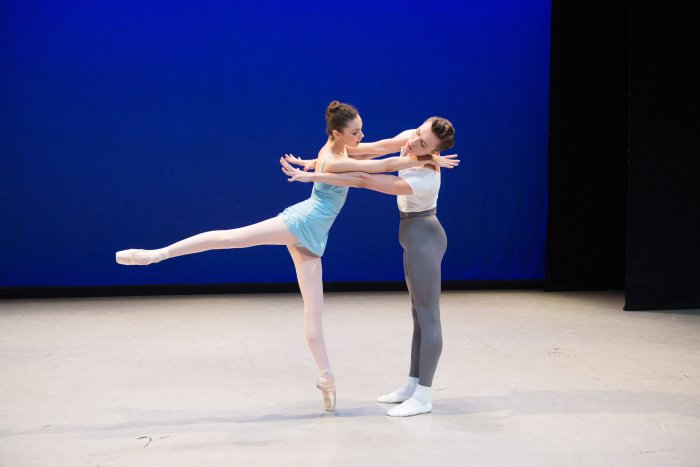“How do you hang a song on a wall?”
This was Bjork’s main concern when Klaus Biesenbach, current Chief Curator at Large at the Museum of Modern Art, first approached her about mounting an exhibition of her work, way back in the year 2000. Yet, Bjork — her work, her persona — has always encompassed more than just music.
“Bjork was the paradigmatic artist of the ‘90s,” says Biesenbach of the singer’s cross-collaborative, envelope-pushing approach to pop during that time. “But 15 years ago, a Bjork exhibition would have been a retrospective of her music videos.” Now, there’s much more. Indeed, we’re currently living in a Bjork world. The Icelandic chanteuse has just released her ninth solo album, Vulnicara, a tour de force real-time chronicle of the dissolution of her 10-year relationship with artist Matthew Barney. Her iconic ’90s look — raver meets anarcho-punk meets manic pixie wood sprite — has captured the imaginations of many young fashion designers for spring, particularly after the Marc by Marc Jacobs runway show, which had models sporting the singer’s signature twisted top knots on their heads. And, of course, there’s that long-gestating MoMA show, “Bjork,” which finally opened March 8 and runs through June 7. Here’s what you can expect: 1. “Bjork” attempts to showcase the breadth of this visionary artist’s work — from her songs and music videos to her musical instruments, which she commissioned from robotics experts and computer programmers for her 2011 album-cum-app Biophilia. (These instruments are located in MoMA’s lobby, and consist of a MIDI-controlled pipe organ and a roboticized gravity-pendulum harp, among other steampunkish delights.)
5 things to know about Bjork’s MoMa retrospective
2. Two black-box theaters on the second floor are reserved for Bjork’s music videos — one plays the new, MoMA-commissioned 10-minute “Black Lake,” while the other cycles through groundbreaking classics like “It’s Oh So Quiet,” a big band homage to musical numbers directed by a then-largely-unknown Spike Jonze, and “Human Behavior,” directed by the wonderfully absurdist Michel Gondry and featuring Bjork running away from a giant teddy bear.
3. The core of the show, however, consists of “Songlines,” an audio-guided “journey” through Bjork’s seven major studio albums. As visitors walk through the constructed black-box maze, they hear snippets of Bjork’s music — the restless, infectious dance beats of 1993’s Debut, the lush strings of 1997’s Homogenic— while a woman’s voice reads an obtuse “narrative” loosely based on the singer’s life and written by the Icelandic poet Sjón.
4.There are Bjork baby photos, hand-written journals, and some of her more notorious costumes: the infamous Swan Dress, which she wore to the 2001 Academy Awards; the paper airmail suit she donned for the cover of her second album, Post; the revealing Alexander McQueen pearl-and-tulle wedding gown she wore for the video of “Pagan Poetry.” Going through the various Bjorks on display here — the club kid, the Earth Mother, the glamorous cyborg (witness the Bjork-faced sex robots, created for the 1997 video for “All Is Full of Love,” by director Chris Cunningham), the warrior woman — you realize that this shape-shifter has had more personae than Madonna, or David Bowie.
5. Much of MoMA’s “Bjork” lacks that humanity that makes Bjork, for all her eccentricities and experimentation, such a compelling artist. But, thankfully, it’s in her music videos. For the new one, “Black Lake,” MoMA has created a cocoon-like space with spiky black felt walls. In it Bjork, alone in a dark cave, beats her chest as she mourns the loss of her love amid swelling strings. “It was the coldest summer ever,” recalls Biesenbach of filming the work in Iceland. “She was in this dress made out of copper wire, while we were all bundled up. She sang every take without ever lipsynching, to the point of exhaustion.
“The cave,” he adds, referring both to the one in the video and the once constructed for the screening room at MoMA, “it’s her heart.”
























